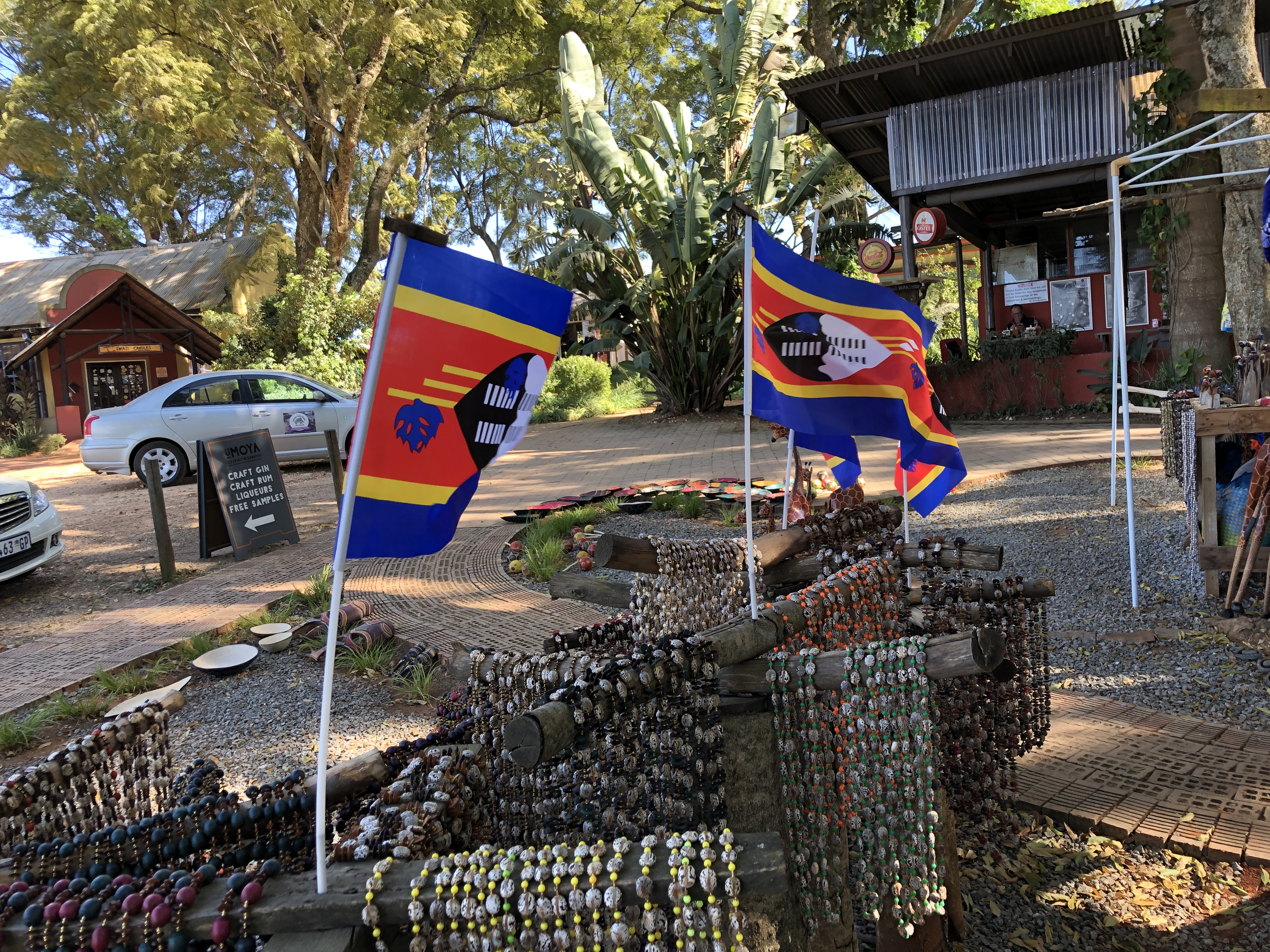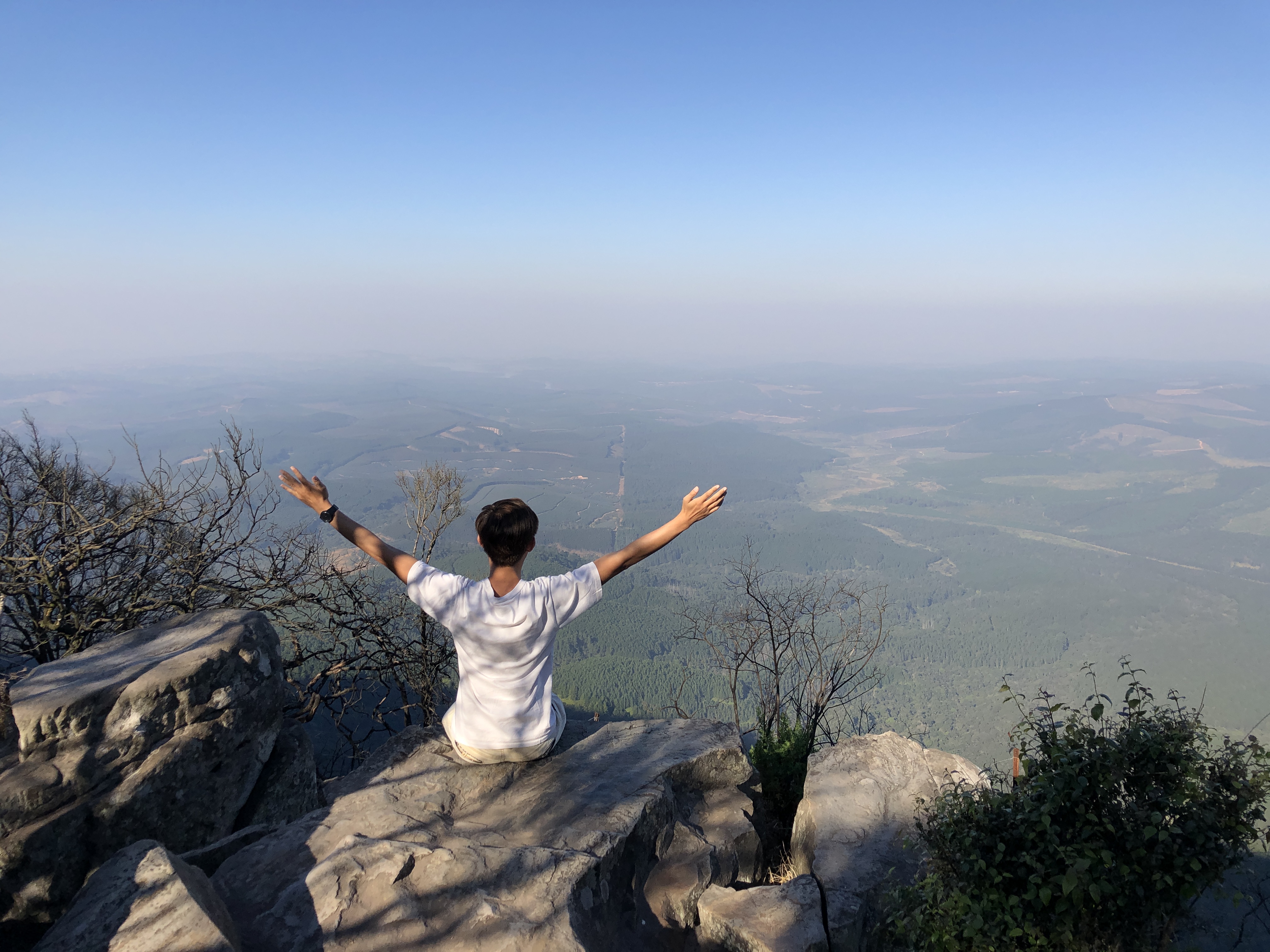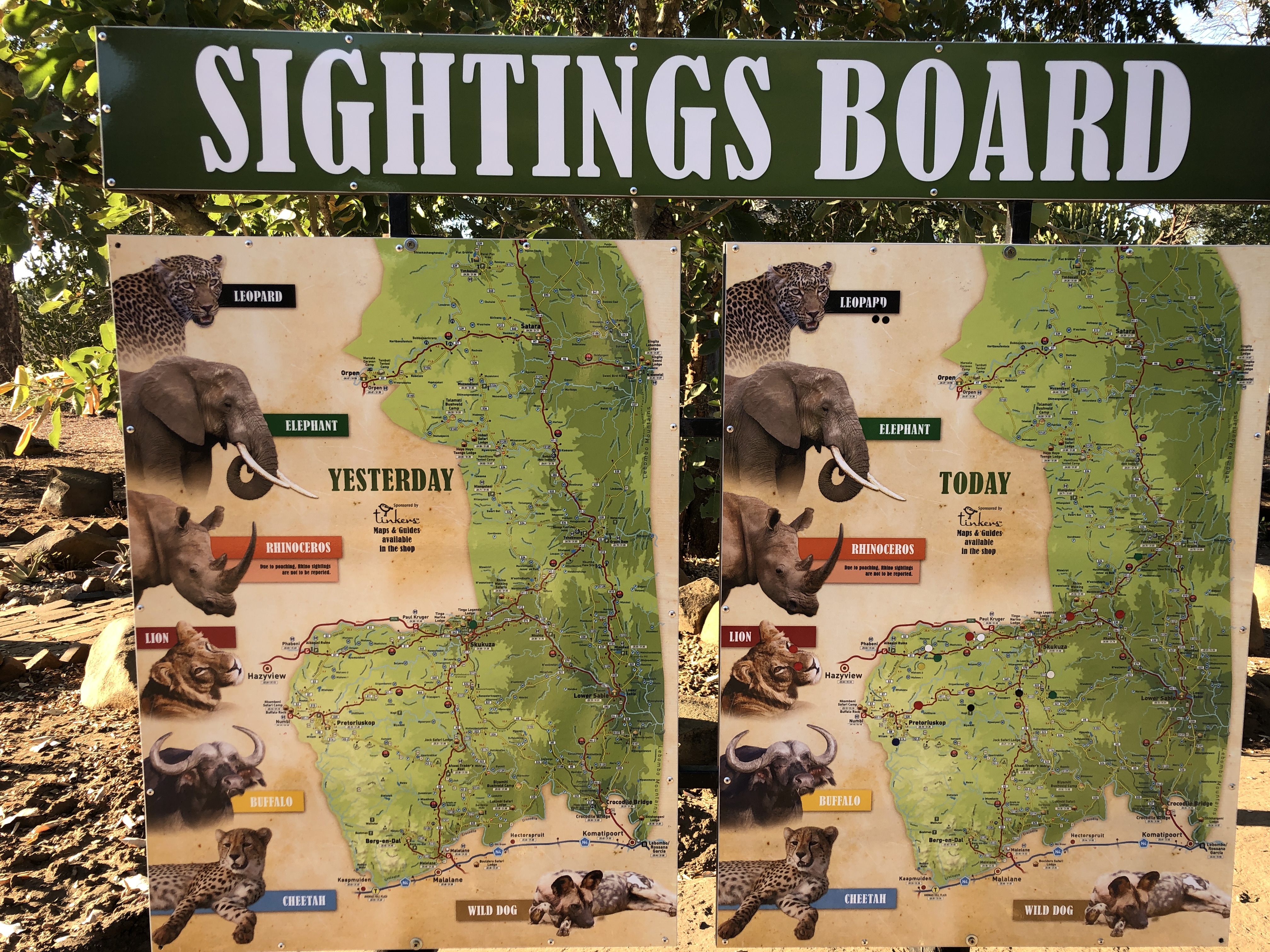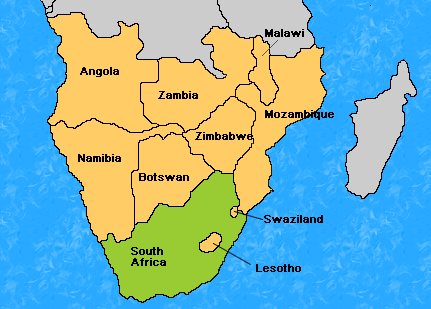
In 2018, the country of Swaziland became eSwatini. The new name, eSwatini, means “land of the Swazis”. The change was unexpected, but King Mswati has been referring to Swaziland for years as eSwatini.

He explained that the name had caused some confusion, saying: “Whenever we go abroad, people refer to us as Switzerland.” So this name change serves to prevent confusion and also for them to sever ties with the past colonial master, like how India changed several names of cities like Bombay to Mumbai, Calcutta to Kolkata.

Eswatini is an underrated safari destination. In short: big things come in small packages. The intriguing Kingdom of eSwatini (formerly Swaziland) is diminutive but boasts a huge checklist for any visitor. Rewarding wildlife watching? Tick. Adrenaline-boosting activities such as rafting and mountain biking? Tick. Lively and colourful local culture, with celebrations and ceremonies still common practice? Tick. Plus there are superb walking trails, stunning mountain and flatland scenery, varied accommodation options and excellent, high-quality handicrafts.

While Eswatini may be overshadowed by her larger neighbours South Africa and Mozambique, it still packs a punch. From trekking with rhinos in the game reserve to experiencing traditional Swazi villages, it was a fun-filled trip across the border and for me to get a new passport stamp.

We stayed for three nights in Mantenga lodge, a beautiful resort in the Ezulwini Valley. At E880 (~S$82) per night, it was a comfortable room with a dining area and outdoor swimming pool. However, since it was winter time, the weather was too cold to swim. We were in close proximity to the woods and there was free parking on site. Complimentary breakfast was also provided. There was a large group of French tourists who were staying at the resort and they had a fixed dinner menu catered for them.

From our resort, it is near to the Mantenga Cultural Village. The entrance fee to this tranquil, thickly forested reserve covers a guided tour of the Swazi Cultural Village, a ‘living’ cultural village with authentic beehive huts and cultural displays, plus a sibhaca dance (performed daily at 11.15am and 3.15pm) and a visit to the impressive Mantenga Falls. The reserve is also great for hiking; day hikers pay only E50. Although it’s not a big wildlife park, it offers a chance to see vervet monkeys, baboons, warthogs, nyalas and duikers.

As we drove across the border from South Africa to Eswatini, we noticed that most of this country is located in the highlands. We stopped at Phophonyane for a short hike (about one hour) and had lunch at the eco-resort. Phophonyane is situated high in the mountains with the rugged Gobolondlo and Makhonjwa ranges as a backdrop and those craving a natural environment for soul nourishment get body and soul reunited here.


Next, we headed to Maguga dam, an artificial attraction in the northen part of the country. The sun was almost setting and it was a sight to behold. The dam was built under the auspices of the joint South Africa/Swaziland Komati Basin Water Authority (KOBWA), and today produces hydroelectric power and supplies irrigation to farmers across a wide area. When completed in 2001, it received the South Africa Institute of Civil Engineering award for ‘most outstanding achievement’ in the international category.

For many visitors Maguga Dam is just a scenic pit-stop between Mbabane and the Kruger Park. In this respect, the Maguga Lodge restaurant is beautifully located. Seated on southern shore, its terrace overlooking the glittering waters. With more time, one can enjoy hikes to local bushman paintings and waterfalls, bird-watching and mountain biking.

The appeal is self-evident: this tiny Kingdom has managed to retain traditions that date back to pre-colonial times and that, despite all the challenges of modernity, remain fundamental to its cultural life. We highly recommend a trip to Eswatini if you have time traveling around Southern Africa. It does offer a different perspective from South Africa.
Visa requirments
A full passport valid for at least three months is required for entry into Eswatini. For tourist visits, visas are NOT required by citizens of most Commonwealth countries, the USA, Japan, most European Union countries and certain other countries. Tourist or business travellers are allowed to visit Eswatini for up to 30 days.
Singapore passport holders do not require a visa to enter Eswatini. There were no questions asked at the border and the officials happily stamped our passport, and we continued in our rental car towards Ezulwini.


